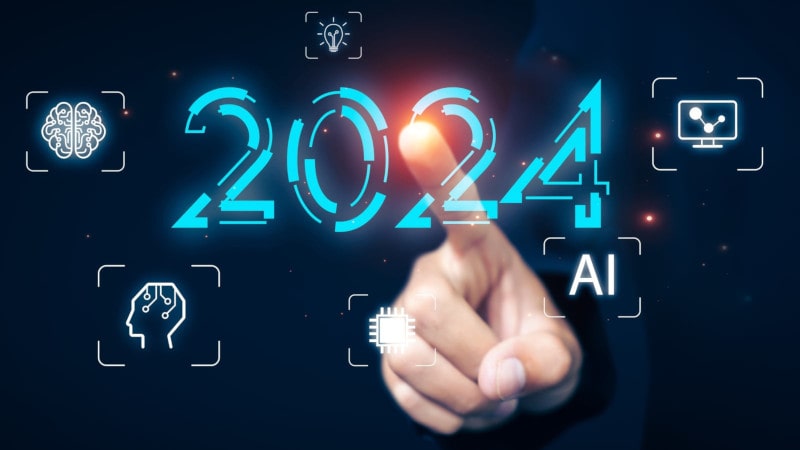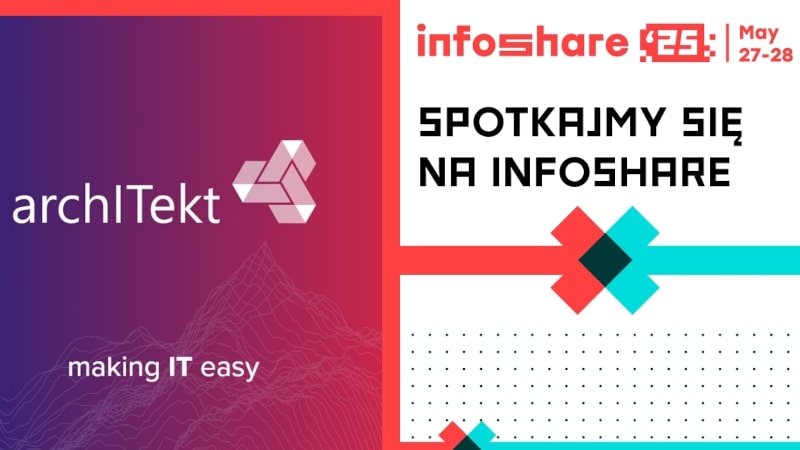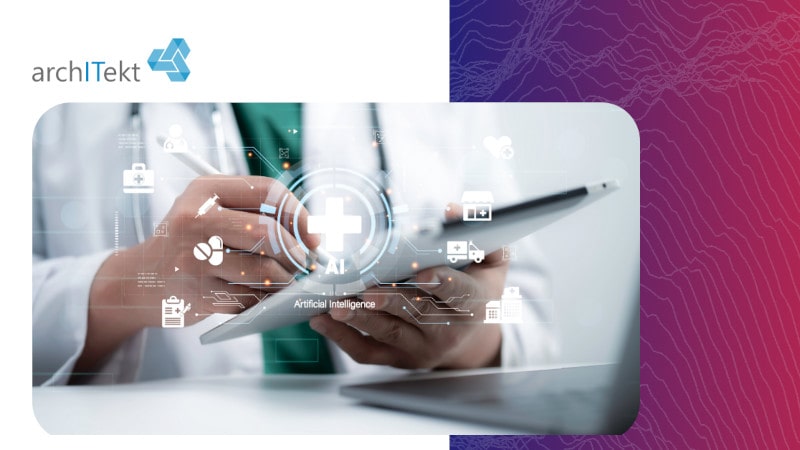The year 2023 was the year of artificial intelligence. Moving forward is no longer just a choice, but a necessity. So, what awaits us in 2024? Gartner, the undisputed leader in predicting technological changes, presents the Top 10 Strategic Technology Trends for 2024 and the following years. One thing is certain, AI will continue to reign, and enterprises will still be following the path of digital transformation, but who will be the most significant ally on this journey?
Let’s take a closer look at the following trends and see which technology will be the driving force of success in 2024.
1. AI TRiSM
Gartner claims that with ubiquitous artificial intelligence, robust defense is necessary. AI TRiSM supports the management of artificial intelligence models, credibility, fairness, reliability, resilience, transparency, and data protection. AI TRiSM is therefore a “knight in shining armor”, guarding security.
“By 2026, companies that apply TRiSM controls to AI applications will increase decision-making accuracy, eliminating 80% of incorrect and illegal information.”
Those actively using AI TRiSM controls transition projects from artificial intelligence to production, achieving greater business value and increased model accuracy compared to those who do not.
2. CTEM
In the world of cybersecurity, prediction is key. CTEM is a significant trend because it focuses on constant vigilance. It is a practical and systematic approach to continuously adjusting priorities for optimizing cybersecurity. Why is this approach on top? Because it focuses on continuous monitoring and responding to lurking threats. As a result, companies can ensure the highest level of control over their technological environment.
3. Sustainable Technology
It seems that sustainable development in 2024 is not just a choice anymore but an imperative. Gartner defines sustainable technology as digital solution frameworks that can provide environmental, social, and governance (ESG) benefits to the enterprise and its customers. As Autumn Stanish, Senior Principal Analyst at Gartner, says:
“Sustainable technology also facilitates the creation of new technology-based business models and products to better serve customers.”
The ability to achieve this goal in enterprises will be facilitated by automation, AI, analytics, and the cloud. Low-code platforms, whose primary goal is automation, can also significantly support the implementation of sustainable actions.
4. Platform Engineering
Foundations matter. Platform Engineering, as defined by Gartner, is the practice of building and managing internal, self-service platforms where each serve as a separate layer, created and supervised by a specialized product team. The goal is to optimize performance and the the user experience and accelerate the delivery of business value.
5. AI-Augmented Development
“By 2028, 75% of software engineers in enterprises will use AI-based coding assistants, compared to less than 10% in early 2023.”
Gartner’s definition of AI-Augmented Development encompasses the use of artificial intelligence technologies such as GenAI and machine learning to support software engineers in designing, coding, and testing applications. The use of artificial intelligence in software engineering can result in increased productivity for developers, enabling development teams to effectively meet the growing demand for software.
6. Industry Cloud Platforms (ICP)
Industries are unique, just like their needs. Therefore, Gartner predicts that by 2027, up to 50% of enterprises will use Industry Cloud Platforms (ICP) to accelerate their business initiatives, compared to less than 15% in 2023. In simplest terms, ICPs are industry-specific cloud solutions that address industry business goals by combining core SaaS, PaaS, and IaaS services into a comprehensive product offering with composability.
7. Intelligent Applications
Gartner defines Intelligent Applications as consumer or business applications enriched with artificial intelligence and various data from transactions and external sources. These applications are “able to learn” and dynamically adapt to the user to respond appropriately.
8. Democratization of Gen AI
According to Gartner, this is one of the most revolutionary trends of this decade. It refers to the widespread access to Generative Artificial Intelligence (GenAI), which is becoming increasingly available to the masses through a complex effect of dissemination, including pre-trained models, cloud computing, and open-source software. Gartner predicts that by 2026, over 80% of companies will use GenAI API interfaces and models, introducing GenAI-powered applications in production environments, which is a significant leap compared to early 2023.
9. ACWF
ACWF, or augmented-connected workforce, is a strategy to optimize the value brought by employees using intelligent applications and personnel data analytics. This trend aims to provide employees with real-time context and guidance by delivering information that supports their experiences, well-being, and skill development. ACWF also aims to improve business outcomes.
10. Machine Customers
Machine Customers, or custobots, are autonomous units in the economic sphere capable of negotiating and paying for goods and services. This emerging trend could bring in massive revenues by 2030, becoming a key point of business evolution, surpassing even global e-commerce. By 2028, it is expected to be 15 billion connected products with the potential to behave like customers, and additional billions may join them in subsequent years. For companies, this means the opportunity to create their own customers for the first time in human history.
Summary
In a landscape defined by rapid technological advancement, Gartner’s Top 10 Strategic Technology Trends for 2024 present a “roadmap” to success. Whether and when you adopt these technologies largely depends on your organization’s business goals and its current starting position. These trends are not just reference points; they are opportunities waiting to be seized. Conscious integration of these innovations and low-code solutions can enable companies to build, protect, and drive their digital future.
Source: https://www.gartner.com/en/information-technology/insights/top-technology-trends




